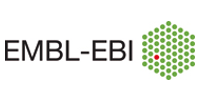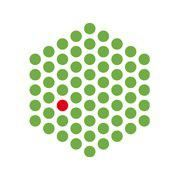Recorded webinar
BioChatter and the future of LLM driven bioscience
LLMs are the biggest new industry on our planet. Considering the amount of research and investments in the field, large and rapid progress is expected for the coming decade. However, to make use of the technology, we need to have a solid grasp on its technical as well as infrastructural aspects. LLM deployment entails a layered tech stack: the LLM itself, deployment (use of services or self-hosting), technical guardrails (instruction, fine-tuning), auxiliary technologies (retrieval-augmented generation, knowledge integration), and end-user accessibility (programming APIs, user interfaces). Applying the latest knowledge about LLMs in a robust and trustworthy way is an operative challenge despite the large improvements we already see in the wider field.In this webinar, we will talk about the LLM stack with a focus on open-source frameworks that facilitate deployment at various levels. The base layer are the deployment frameworks themselves (e.g., Ollama), as well as harmonising APIs for open-source LLMs by commercial providers. The second layer are frameworks for LLM integration into user systems, as championed by LangChain. The third layer are domain-specific frameworks such as our own development, BioChatter, which also reaches over into the fourth layer, dedicated user interfaces.To future-proof our approach to this powerful technology, it is imperative to avoid redundancies; in order to not reinvent the wheel, we need to be aware of which problems are solved and which are worth tackling. We will discuss a flexible framework for using open-source technologies at various stages of project maturity, from proof of concept to service provision. Finally, we will discuss the scope of LLM application: what can they safely be used for, and which applications are still out of reach?
Resource type: Recorded webinar
Scientific topics: Machine learning
Activity log

 EMBL-EBI
EMBL-EBI
